YARDLEY, PA – Motorists might occasionally encounter brief travel delays during off-peak hours this spring at the Delaware River Joint Toll Bridge Commission’s 10 non-toll vehicular river crossings bridges.
The Commission will be conducting biennial inspections of its 12 non-toll bridges this spring, two of which are pedestrian-only crossings. Findings from bridge inspections help the Commission to prioritize capital improvements and schedule maintenance and repair work over the coming year.
While much of the inspection work is out of sight to the public, short-duration lane restrictions are often needed at vehicular bridges to allow for installation of temporary cables and platforms beneath their roadway decks. Engineers can then use the temporary platforms to view and assess the condition and integrity of a bridge’s lower structural members.
Preparation for the bridge inspections could begin as early as next week at some locations. Actual inspections are expected to begin in late March and continue through June.
The travel restrictions often involve alternating lane closures controlled by flaggers. Full lane closures also may be employed at bridges that have more than two travel lanes.
This year’s inspections focus on the Commission’s 12 non-toll bridges, many of which are two-lane truss bridges dating back 100 years or more. The Commission performs bridge inspections on an annual basis; toll bridges are inspected in odd-numbered years and non-toll bridges in even years. The biennial inspections are conducted in accordance with the Federal Highway Administration and the National Bridge Inspection Standards. The findings are published as part of the Commission’s annual inspection reports available by clicking here.
